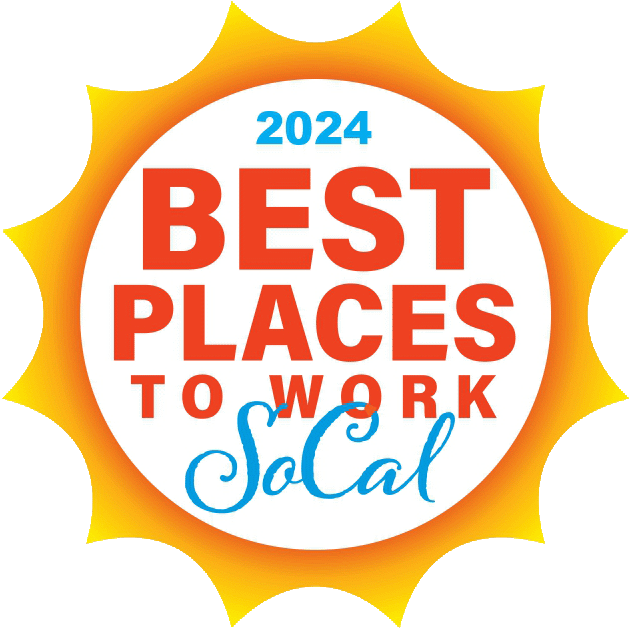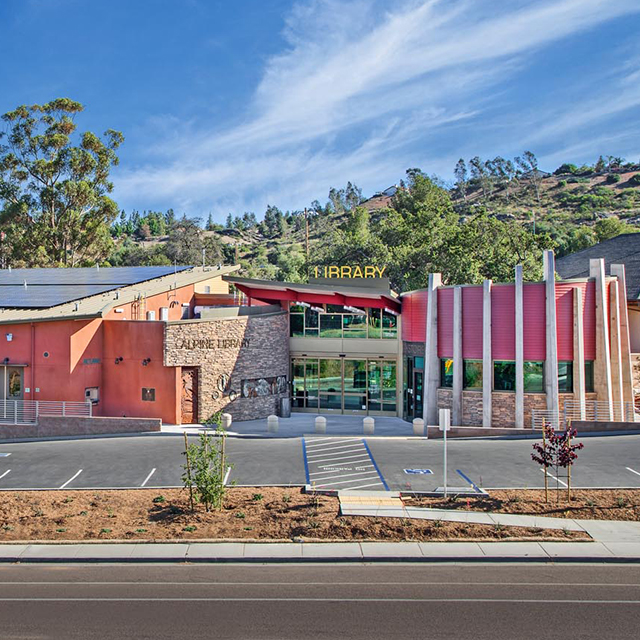By Andy Feth, Project Director at C.W. Driver Companies
(This article was also featured on Construction Dive.)
Contemporary trends in building call for a greater sensitivity to how we use resources. It’s not enough anymore to put solar on rooftops. Every aspect of a building’s design is factored into a holistic approach that takes the environment into consideration while still protecting the bottom line.
A project has to be economically viable to make sense, and much of what can be done is scalable. Title 24 and CALgreen have mandated some of these practices, but there remains a lot of leeway in terms of what can be done. Many of the options come with tax incentives.
Not every project has to have the zero net energy designation like San Diego’s Alpine Branch Library or the LEED Platinum Newkirk Alumni Center at the University of California, Irvine – both of which are among the many sustainable builds C.W. Driver Companies has recently completed.
The following are simple strategies to help get the most “green” out of your project regardless of your budget.
Strive for Optimal Efficiencies
There are many ways to save energy that can be achieved through design alone. Take advantage of building orientation to minimize the transfer of heat on the critical south and west elevations. Trees and architectural shading elements can keep cooling costs down as well. Some other basic, cost-effective approaches include:
- Plan your design with daylighting in mind; taking advantage of glazing opportunities on the north facing elevation
- Optimize the HVAC system for peak performance
- Use LED high-efficiency lighting, movement sensors and other efficiency devices
- Consider limiting glazing on the south and west sides of a building
- Use low-flow toilets and other water-saving technologies
- Install photovoltaic panels to generate solar power for the building
Reduce or Eliminate Waste and Pollution
Recycling should be an ongoing part of your project, before and after construction. Some cities, including San Diego, even require a well-communicated recycling program as a matter of course for any build. During the planning process, try to use as many recycled materials as possible, source building materials locally to minimize the carbon footprint of transporting the goods, and plan to recycle construction debris such as cardboard, concrete and metals left over at the site.
Some practitioners have gone so far as to use recycled tires, plastic and other materials in the building process. The Forest Stewardship Council has established a program that certifies lumber produced through responsible forest management to ensure that wood used was harvested through sustainable practices.
Integrate Public Transit into Your Design
Providing opportunities for residents, employees and others to rideshare, commute via public transportation, walk or ride a bike to get to where they are going is an excellent way of reducing your building’s energy footprint. Encouraging social interaction and healthy activity is an added benefit of getting more vehicles off the road.
Factor Health and Well-Being into Your Project
The U.S. Green Building Council, creators of the Leadership in Energy and Environmental Design (LEED) rating system, have developed a professional credential and rating standard for the development of healthy building environments.
The WELL Building Standard focuses on qualities of air, water, nourishment, light, fitness, temperature, sound, materials, mind and community to create environments that foster healthy lifestyles, creativity, cooperation and well-being.
All of these factors combined create a holistic approach to looking not only at buildings, but how we use them. This is the trend today, and I believe it will become the new standard as we move into the future.


